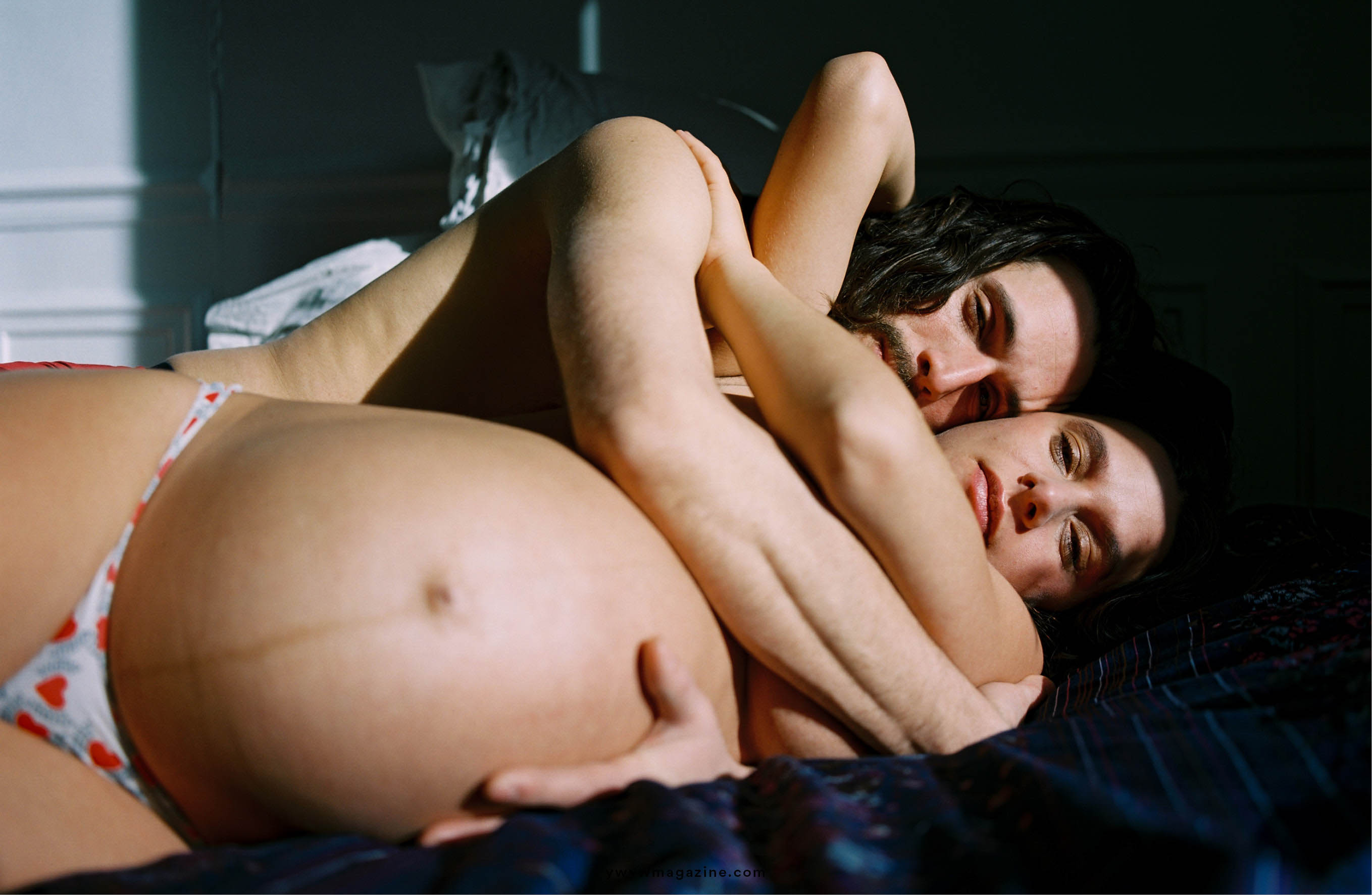
Bettina Pittaluga is a 30 years old french photographer, focusing her work on human beings. She doesn’t have any routine, she can be on very different projects. Having no routine it’s something that she truly loves in her very fluid job.
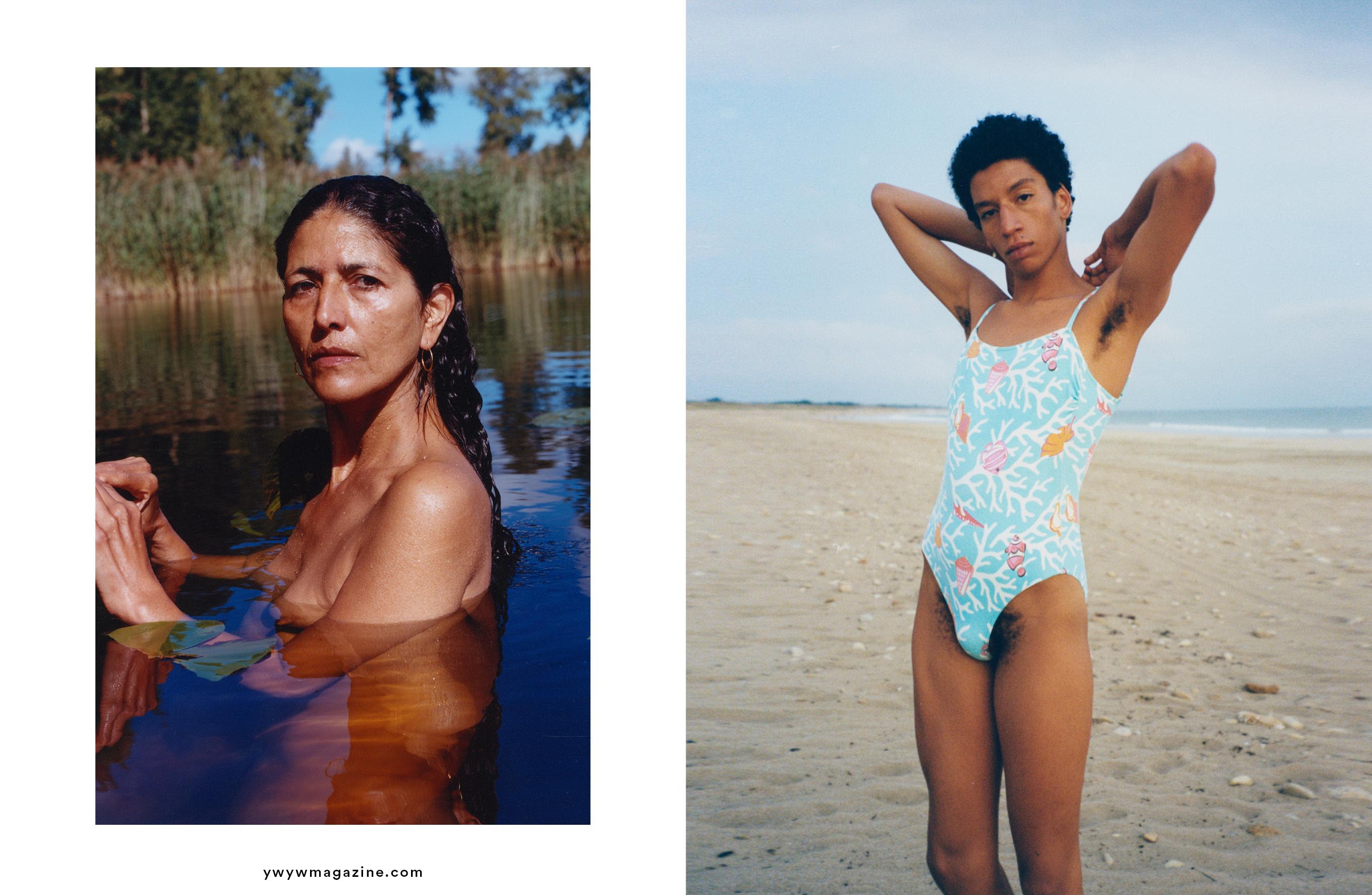
Did you always want to be a photographer?
As soon as I had a camera in my hands, I never stopped using it, but as a means of expression. I didn’t think that one day it would be possible that this would be my job – until I decided to stop everything else and took the risk.
What is your zodiac sign?
Capricorn 😉
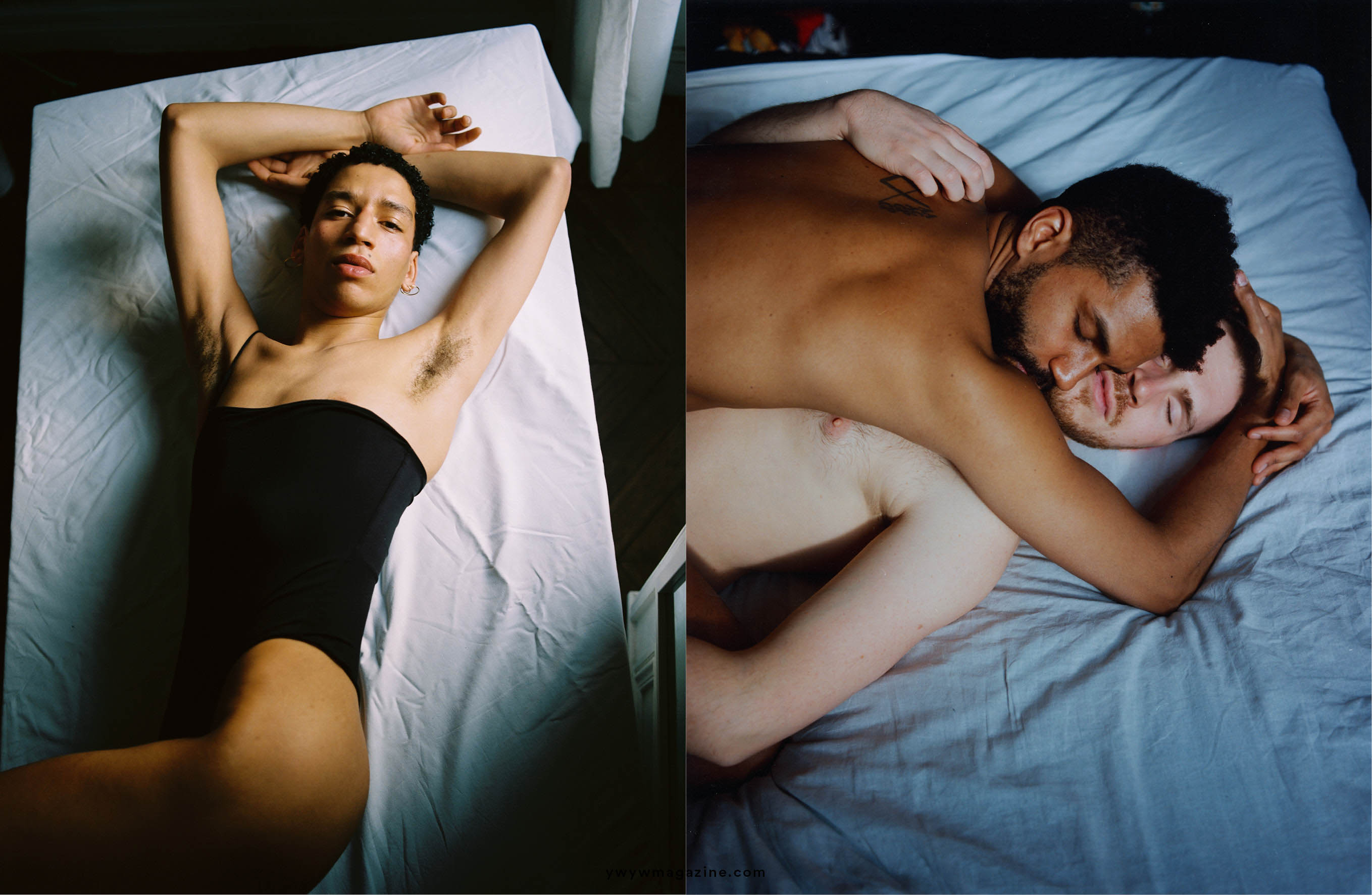
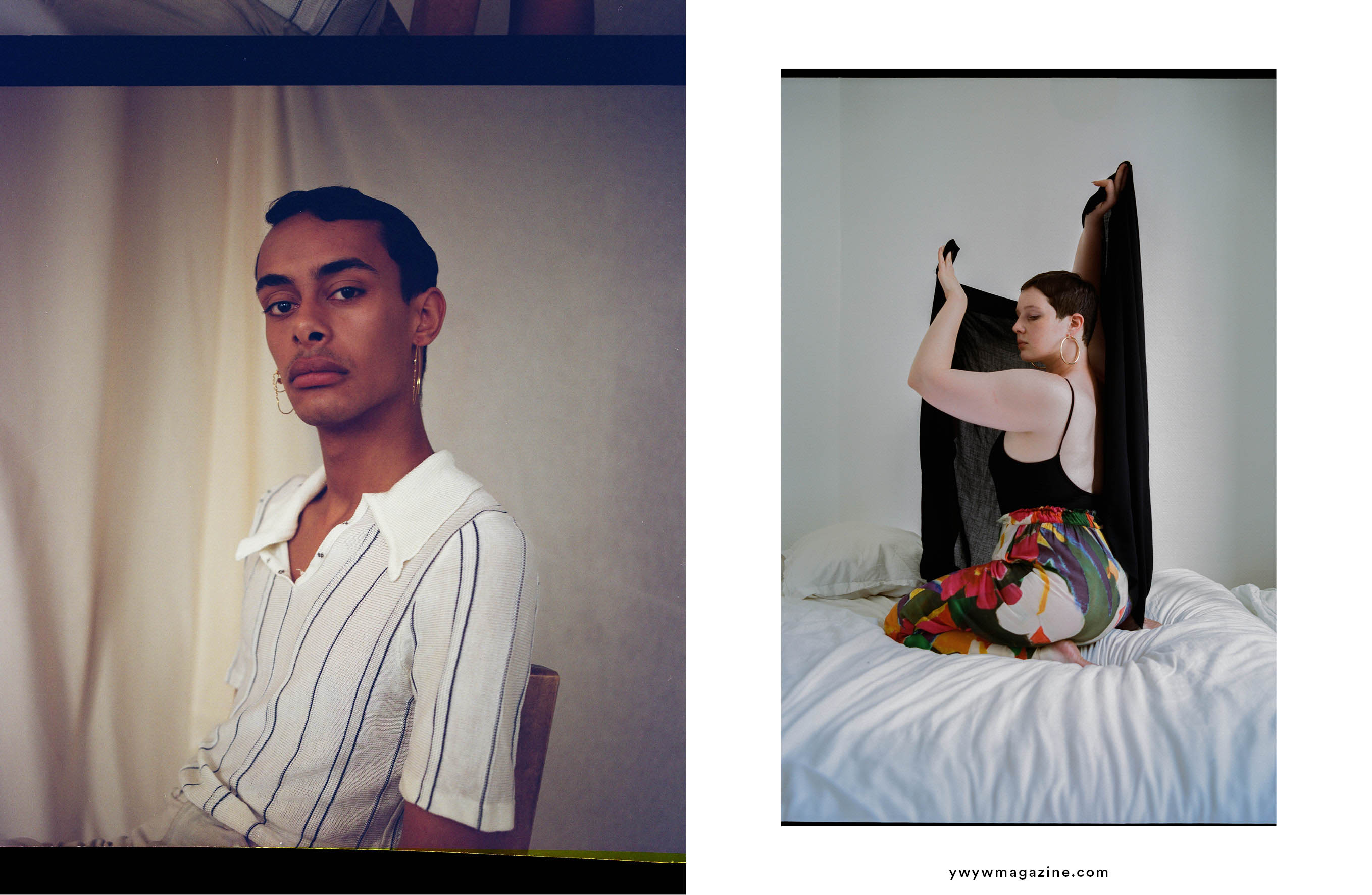
How do you approach your subject?
With my feeling.
In an industry saturated with imagery, how do you keep your ideas new and fresh? Where do you find inspiration?
Maybe by staying fully connected with what surrounds me, staying in the present moment..
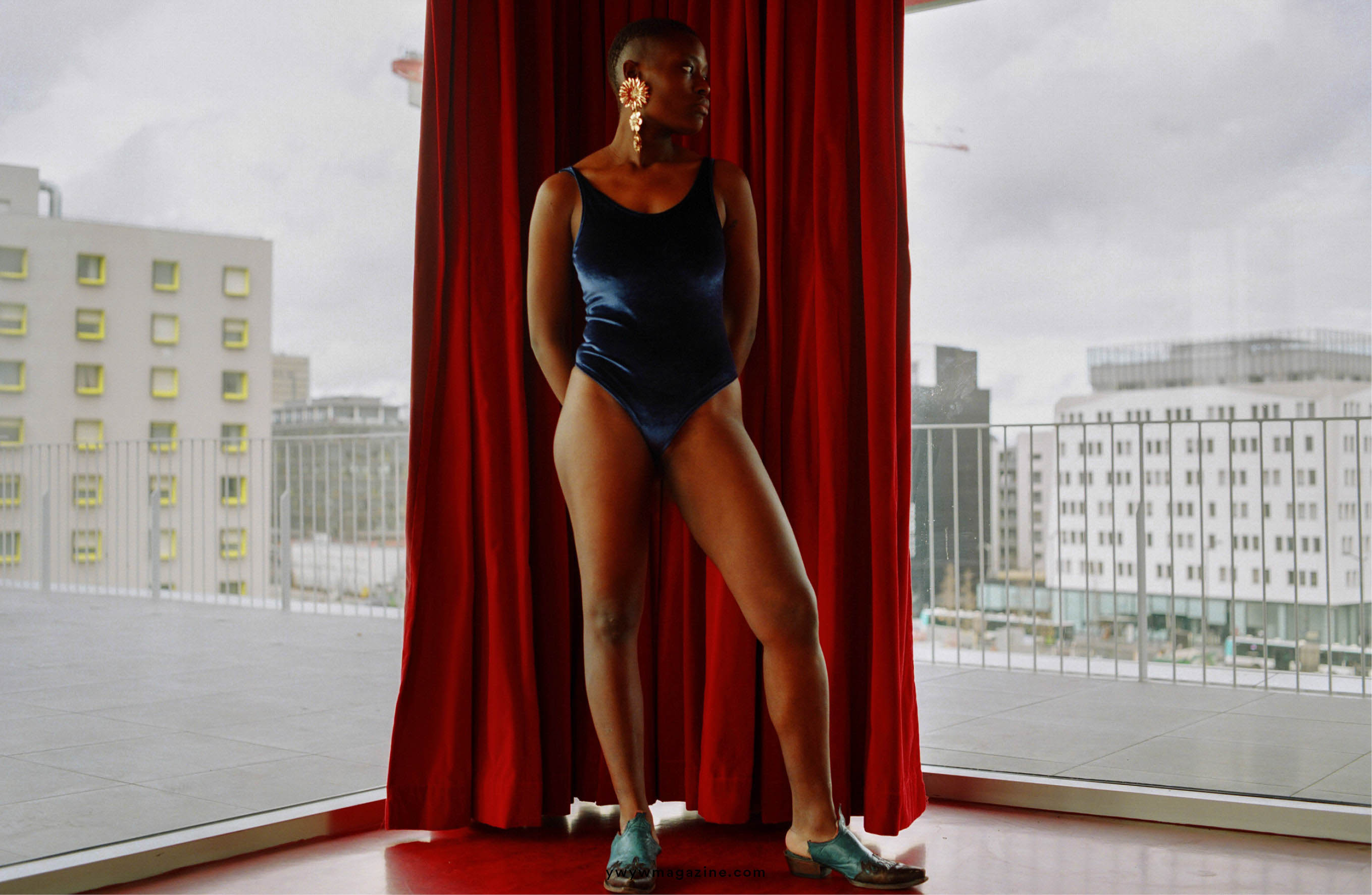
What was the turning point in your career?
I think it was when I shot the cover of Yseult’s album, a very pure and raw photo of her naked on a bed – it was the very first time she was ready to reveal herself, it was a very important step for her. That day is as precious to her as it is to me, it was very moving and it built something very strong between the two of us.
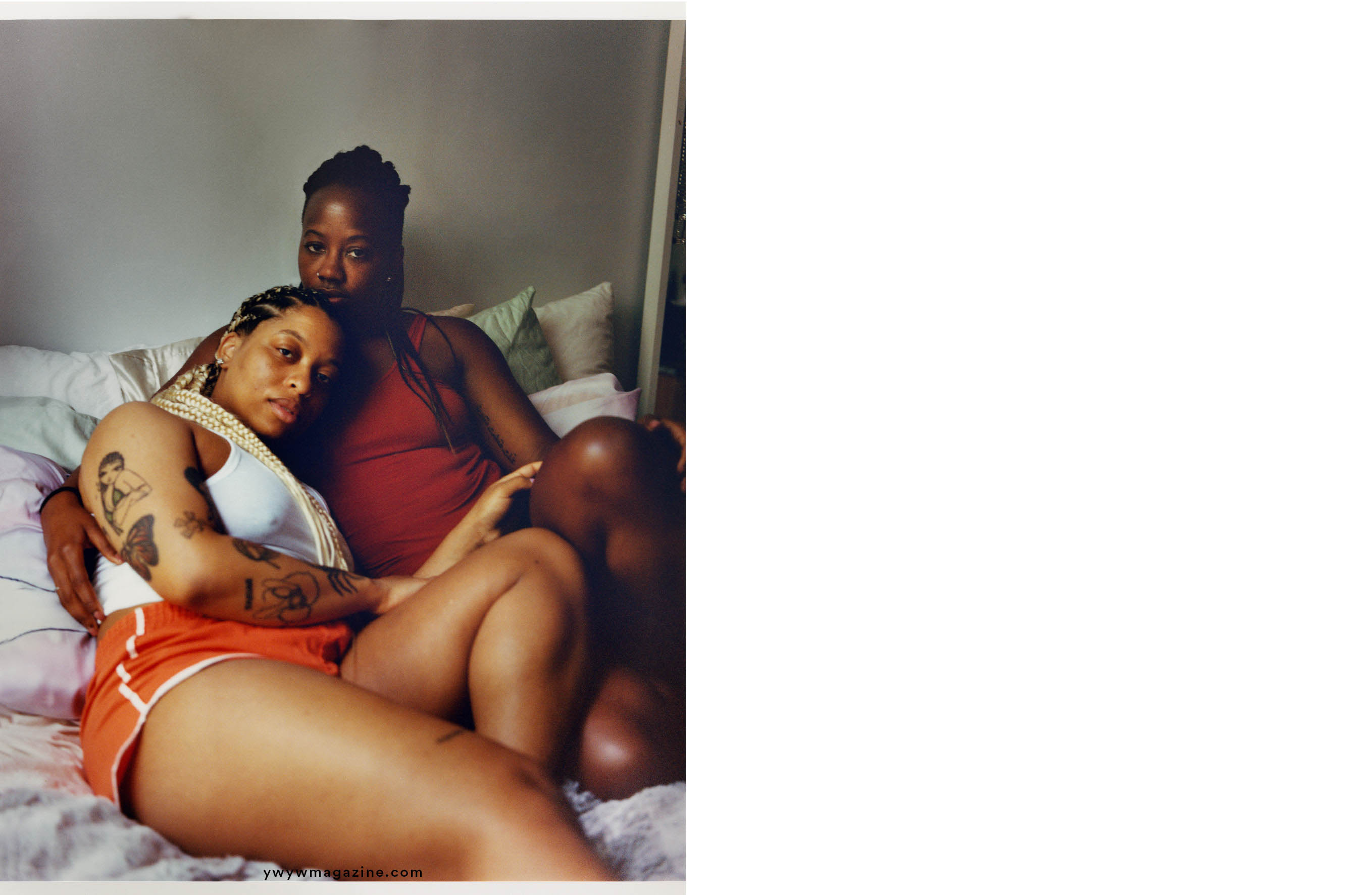
Which photographer or artist do you admire the most?
I’m lucky to have so many very talented friends around me, so if you allow me I would like to tell you about them. I am very inspired by the paintings of Neïla Ichti (@alienhabibti), by the music of Tshegue (@tshegue_official) and Nyoko Bokbae (@nyokobokbae), by the engaged poems of Sofia Ould-kaci (@canalchouf), the drawings by Lisa Signorini (@lilisignorini).. and many others, the list is too long !
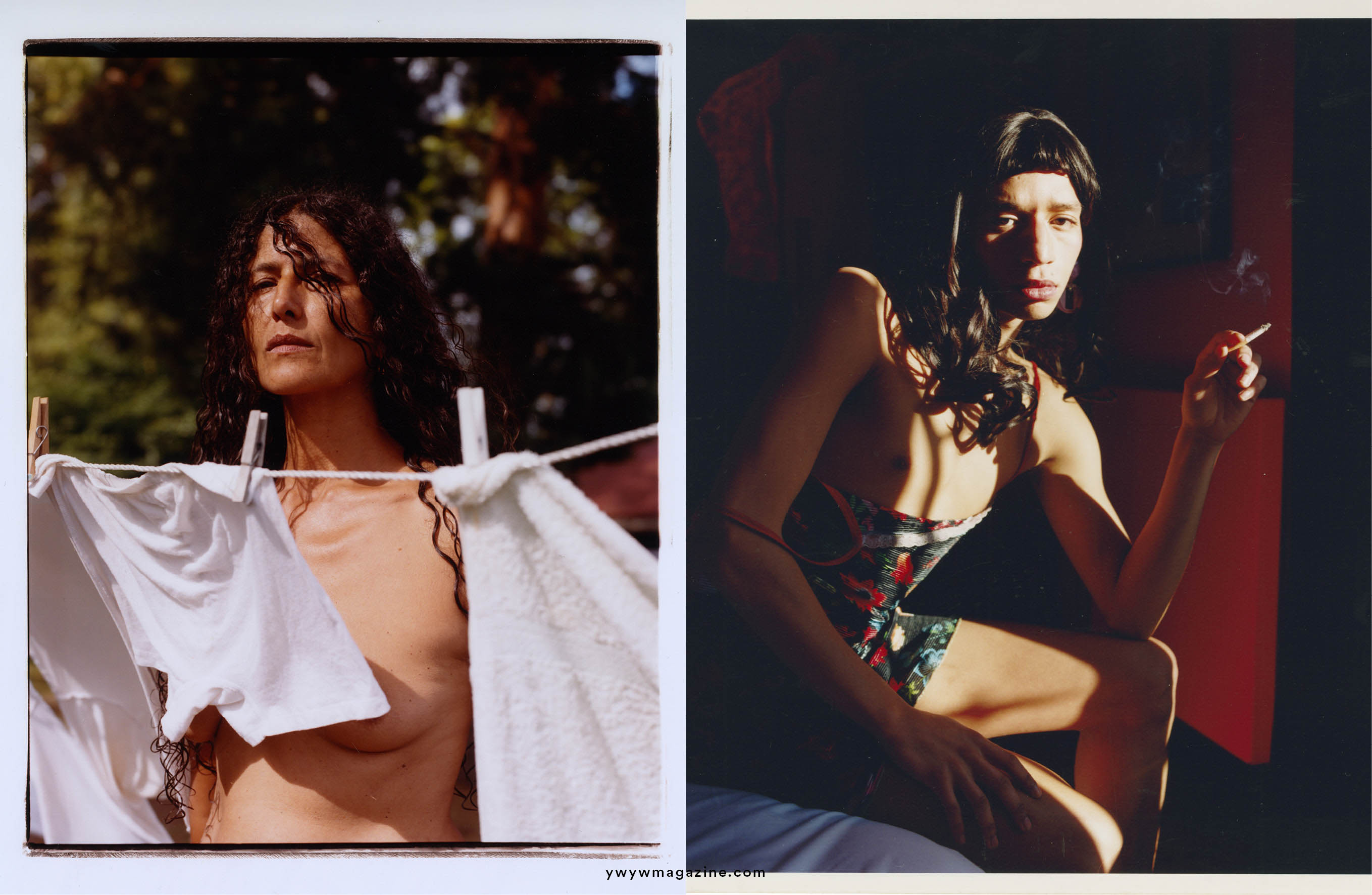
What do you do to try and improve yourself and your work?
Since very young I like to surpass myself, and always see what I could have done differently, I always look towards tomorrow trying to do better than yesterday.
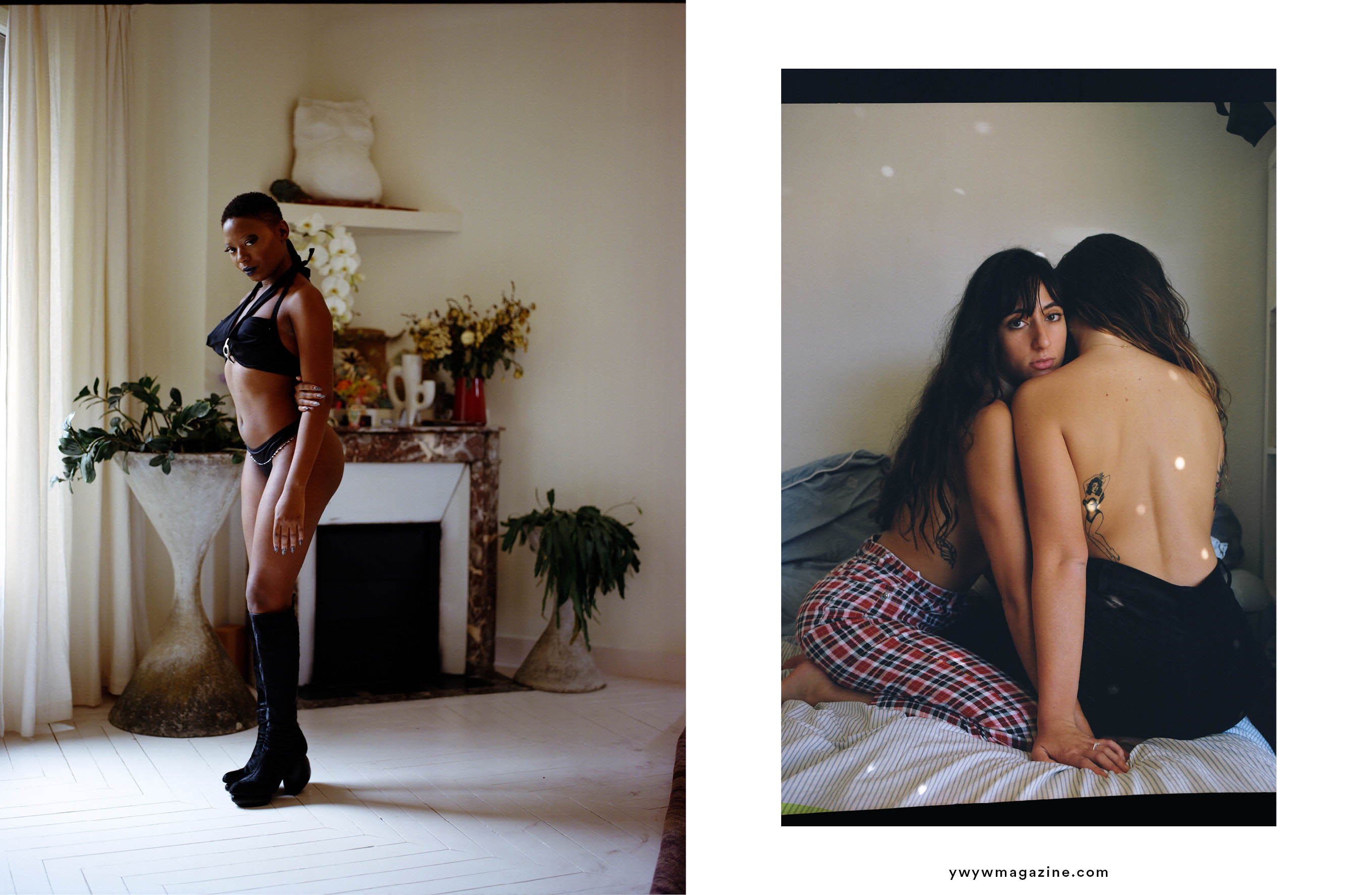
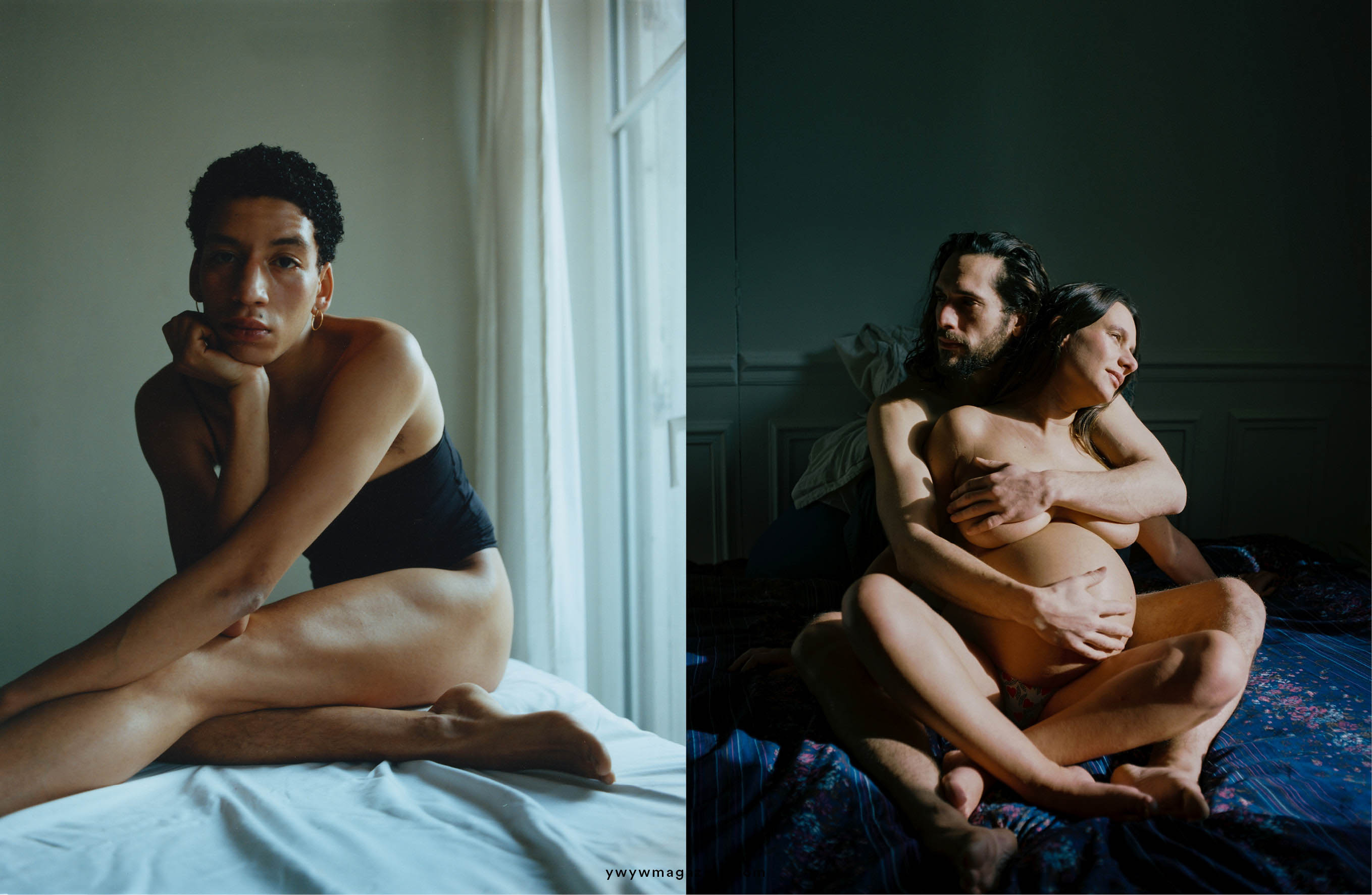
Love or career? You can’t answer both
I disagree, why should I choose 😉 I want both !
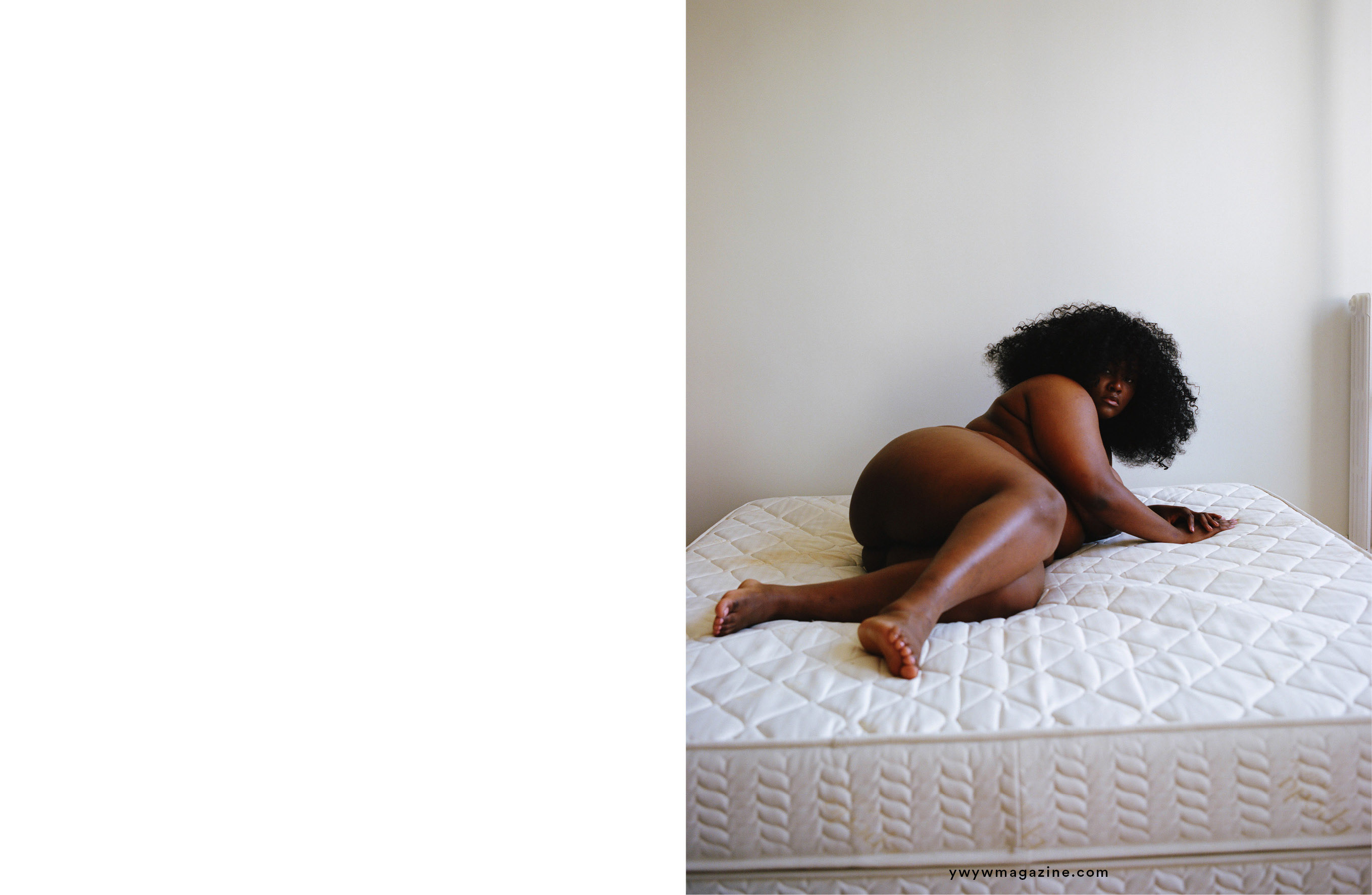
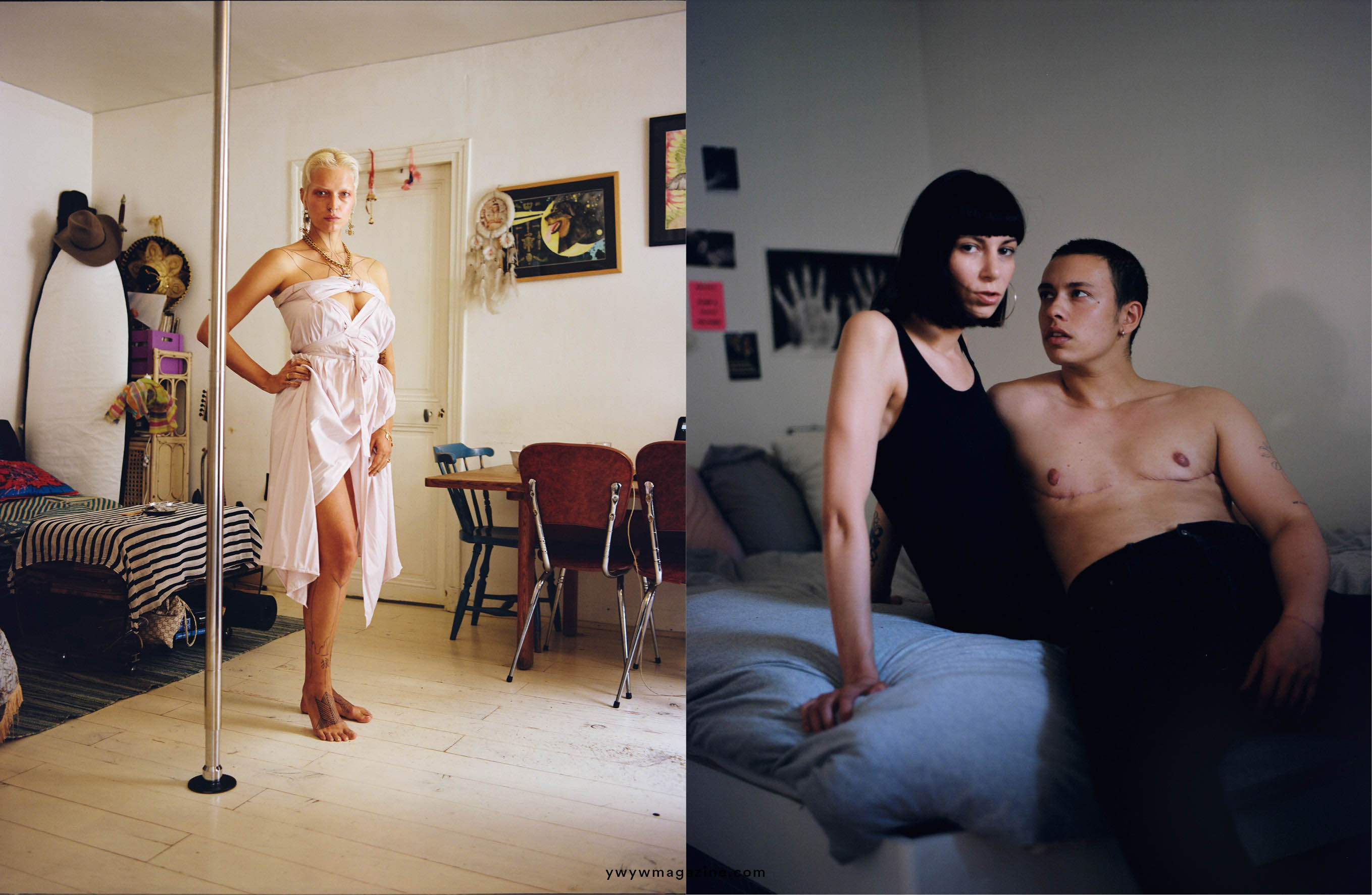
You took part in the new book “New Queer photography”, how did you get the idea to create the serie?
I did not specifically think of these pictures as a series, I am very close to the LGBTQ+ community, it was very natural for me to take pictures of those around me. Benjamin Wolbergs, editor of the New Queer Photography, one day approched me, and collected in my work the photographs that represented at best this community.
How did you contribute to represent the different perspectives of the LGBT+ community?
I am committed to doing my best to always represent in my work all those who lack visibility or are not sufficiently represented.
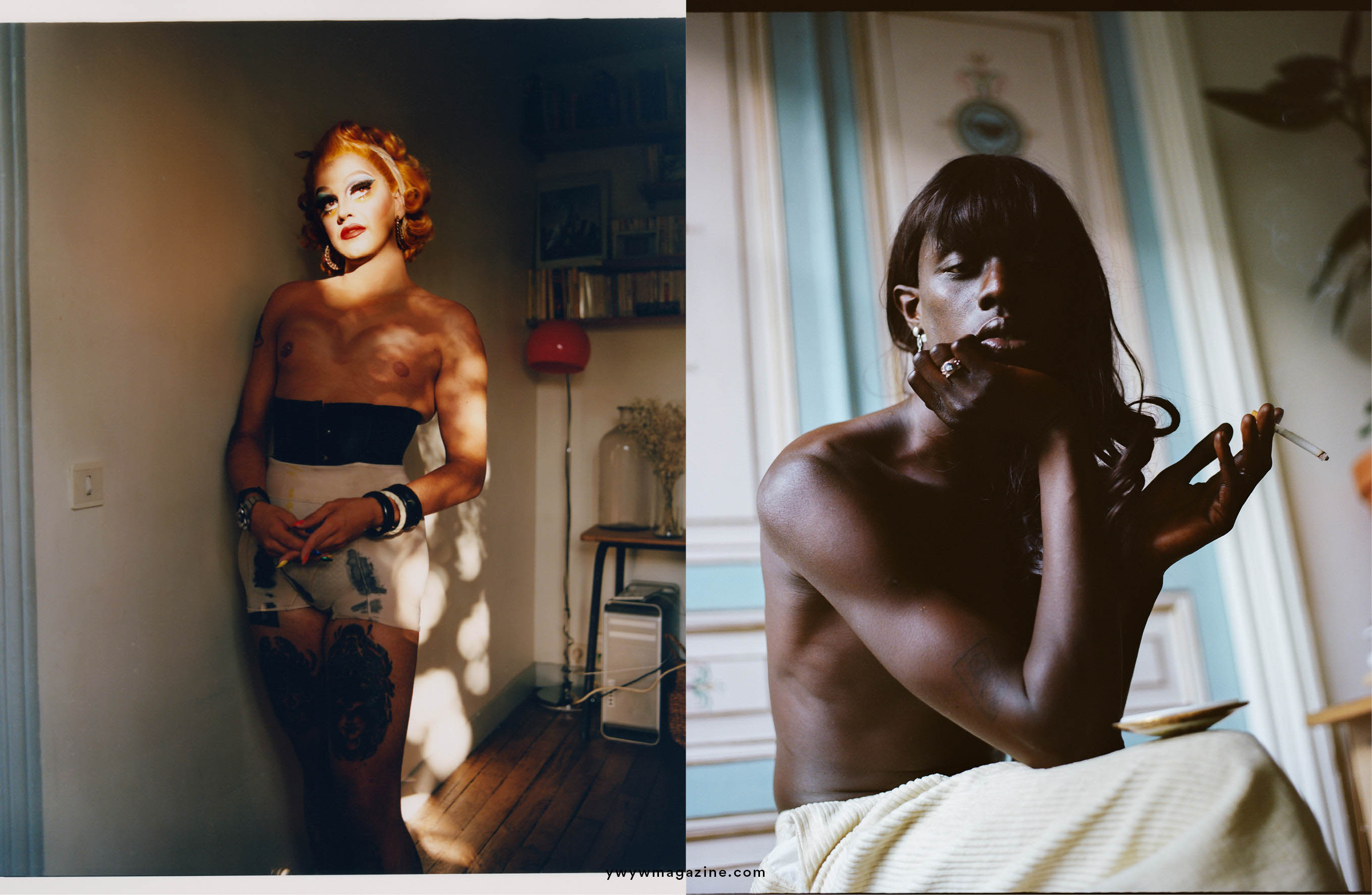
What do you want the viewers to take away from your work?
What it makes them feel.
In your shots what kind of love do you represent?
The one that I am given, or the one that I am given to see and feel..
